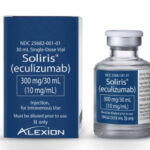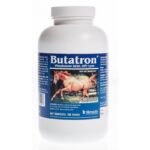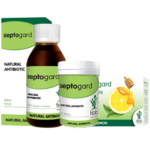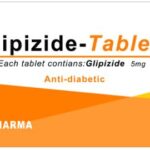2 Methyl AP 237: Uses, How It Works, Side Effects, Warnings
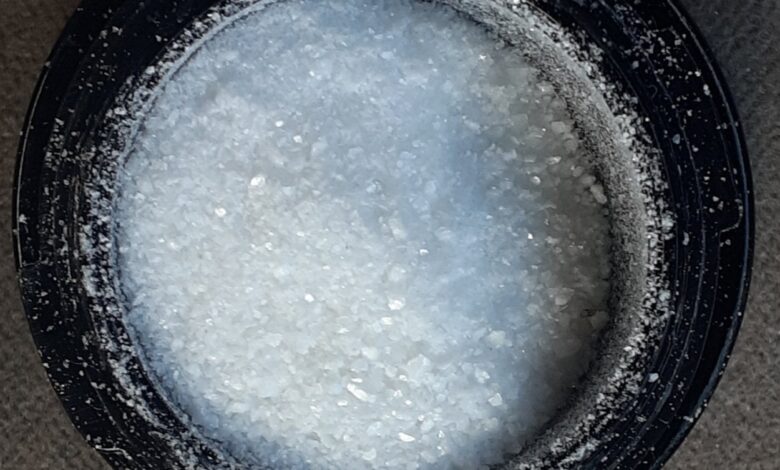
The drug 2 Methyl AP 237 also known as Bucinnazine, is an opioid analgesic that was widely used in China to treat pain in cancer patients in the 80’s. It is one of the most potent compounds among a series of piperazine-amides first synthesized and reported in Japan in the 1970s. 2 Methyl AP 237 has analgesic potency comparable to that of morphine but with a relatively higher therapeutic index.
The drug was initially claimed to be a non-narcotic analgesic. However, subsequent studies have shown 2 Methyl AP 237 and similar acyl piperazines to be potent and selective agonists of μ-opioid receptor (MOR) with relatively low affinity for the δ-opioid receptor and the κ-opioid receptor. In accordance with these studies, results from the intravenous self-administration experiments in rats showed that 2 Methyl AP 237 has a marked reinforcing effect with tolerance and dependence quickly developing. In addition, the morphine antagonist naloxone reverses the effect of 2 Methyl AP 237 and precipitates withdrawal symptoms in 2 Methyl AP 237 treated rats further indicating a mechanism of analgesia mediated via selective agonist activity at μ-opioid receptors.
How strong is 2-methyl AP-237?
2-methyl AP-237 is a strong drug that has been implicated in some overdose death in Kansas and a non-fatal overdose case in Nebraska. Opioid analgesics like 2-methyl AP-237 are highly potent and effective analgesics, but most have a high potential for dependency and abuse. Most sites selling this drug claim they supply them for research purposes.
However, evidence suggests that these drugs are ending up in the hand of recreational users who abuse 2-methyl AP-237 for the high it produces. Anecdotal evidence shows that taking around 15mg of 2-methyl AP-237 orally elicit action after 15 minutes and reaches a peak within 30 minutes when taken orally.

What are the side effects of 2 Methyl AP 237?
Common side effects of 2 Methyl AP 237 can include:
- Sedation
- Dizziness
- Nausea
- Vomiting
- Constipation
- Physical dependence
- Tolerance
- Respiratory depression
Less common side effects of 2 Methyl AP 237 may include:
- Delayed gastric emptying
- Hyperalgesia
- Immunologic and hormonal dysfunction
- Muscle rigidity
- Myoclonus.
The most common side effects of 2 Methyl AP 237 usage are constipation (which has a very high incidence) and nausea. These 2 side effects can be difficult to manage and frequent tolerance to them does not develop; this is especially true for constipation.
Addiction Warnings
You can develop opioid use disorder by taking 2 Methyl AP 237, this can result in not being able to abstain from using 2 Methyl AP 237, and behaviors centered around opioid use that interferes with daily life. Being physically dependent on 2 Methyl AP 237 can occur when someone has an opioid use disorder and is characterized by withdrawal symptoms such as cravings and sweating.
However, people can misuse 2 Methyl AP 237 and not have a physical dependence. When a person has physical dependence, it can be particularly hard to stop taking this drug, and that dependence can interfere with daily routines, including personal relationships or finances.
Opioid use disorder may be diagnosed by a doctor. Someone struggling with opioid use disorder may not display symptoms right away. However, over time, there may be some signs that they need help.
Common Signs of Opioid Addiction
• The inability to control opioid use
• Uncontrollable cravings
• Drowsiness
• Changes in sleep habits
• Weight loss
• Frequent flu-like symptoms
• Decreased libido
• Lack of hygiene
• Changes in exercise habits
• Isolation from family or friends
• Stealing from family, friends or businesses
• New financial difficulties
Treatment for opioid use disorder is available from medical professionals. Medications such as methadone, buprenorphine or naltrexone paired with support programs can help people recover.

